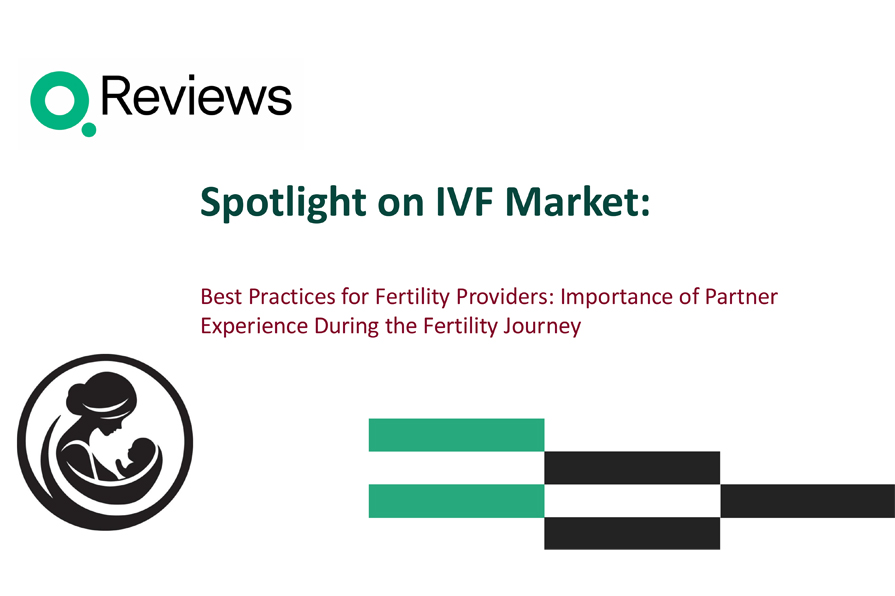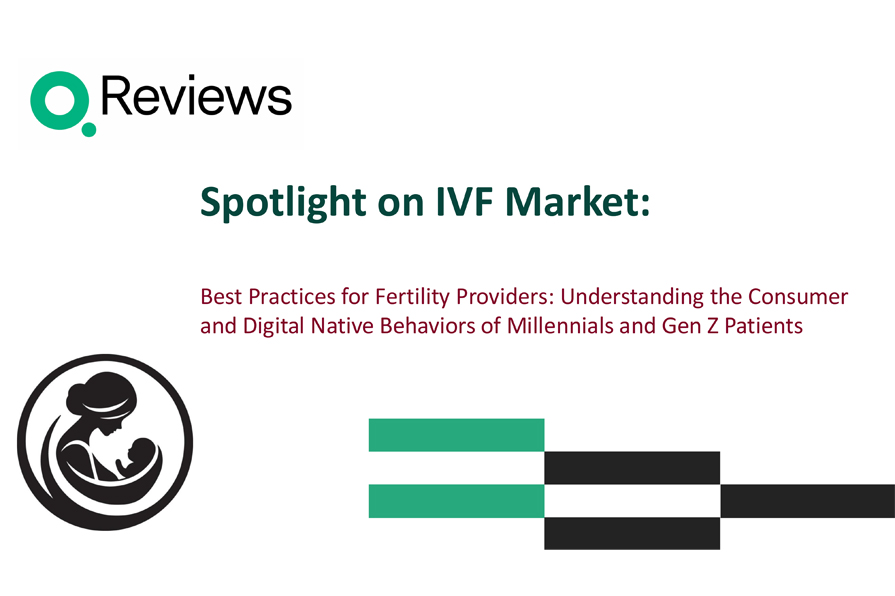
Bridging the Gap: Patient Expectations vs. Experience in Healthcare

In the dynamic landscape of healthcare, understanding the nuances of patient expectations versus their actual experiences is critical. A recent Gallup survey revealed that 72% of Medicare beneficiaries lack trust in healthcare systems. This distrust is deeply rooted in the disparity between what patients expect and what they experience. Let’s delve into this dichotomy and explore how healthcare providers can bridge this gap.
The Evolution of Patient Expectations
Historically, patient experience was measured from the moment they entered a healthcare facility. However, this perspective has shifted dramatically, especially in the post-pandemic era. Patients now have heightened expectations influenced by technological advancements across various fields. They yearn for the personalized care of the past combined with the efficiency of modern technology.
The Impact of the Pandemic
The pandemic reshaped patient expectations. Forced to adopt telehealth and other digital solutions, patients now expect these technologies to enhance their healthcare experience continuously. However, instead of meeting these expectations, the over-reliance on technology often leads to frustration for both patients and providers. This frustration stems from inefficiencies and a one-size-fits-all approach that fails to consider individual patient preferences.
Communication: The Heart of Patient Experience
Effective communication is at the core of patient satisfaction. Patients desire empathy, clarity, and attention from their healthcare providers. Unfortunately, the current healthcare environment, strained by administrative burdens and technological distractions, often falls short. An illustrative example is a patient receiving unexpected lab results without proper context, leading to unnecessary anxiety and distrust.
The Financial Aspect
Financial stress significantly impacts the patient experience. Healthcare costs are a leading cause of bankruptcy in the United States, yet financial aspects are rarely addressed during patient interactions. Patients frequently express frustration over unexpected medical bills and insurance issues, which can overshadow positive experiences with their healthcare providers. Transparent communication about potential costs and insurance coverage is essential to alleviate this stress.
Access to Care
Access to timely and appropriate care remains a significant challenge. While the pandemic accelerated the adoption of telehealth, there has been a regression in its implementation post-pandemic. Patients now expect on-demand healthcare services, whether virtual or in-person. The inconsistency in meeting these expectations exacerbates patient dissatisfaction.
Bridging the Gap
To bridge the gap between patient expectations and experience, healthcare providers must focus on several key areas:
- Tailored Communication: Move beyond generic information dissemination. Providers should personalize communication based on patient preferences, ensuring clarity and empathy in every interaction.
- Financial Transparency: Integrate discussions about costs and insurance coverage into patient interactions. This transparency can prevent financial surprises and build trust.
- Streamlined Access: Simplify appointment scheduling processes and ensure timely access to care. Embrace innovative solutions like telehealth and on-demand services to meet patient needs effectively.
- Technological Integration: Thoughtfully integrate technology into healthcare practices. Ensure that technological solutions enhance rather than hinder the patient experience by considering patient feedback and continuously improving these tools.
Conclusion
The journey to align patient expectations with their actual experiences is ongoing and multifaceted. By focusing on communication, financial transparency, access to care, and thoughtful technological integration, healthcare providers can build a more trusting and satisfying relationship with their patients. As the healthcare landscape continues to evolve, these efforts will be crucial in creating a system that truly meets the needs and expectations of its patients.








